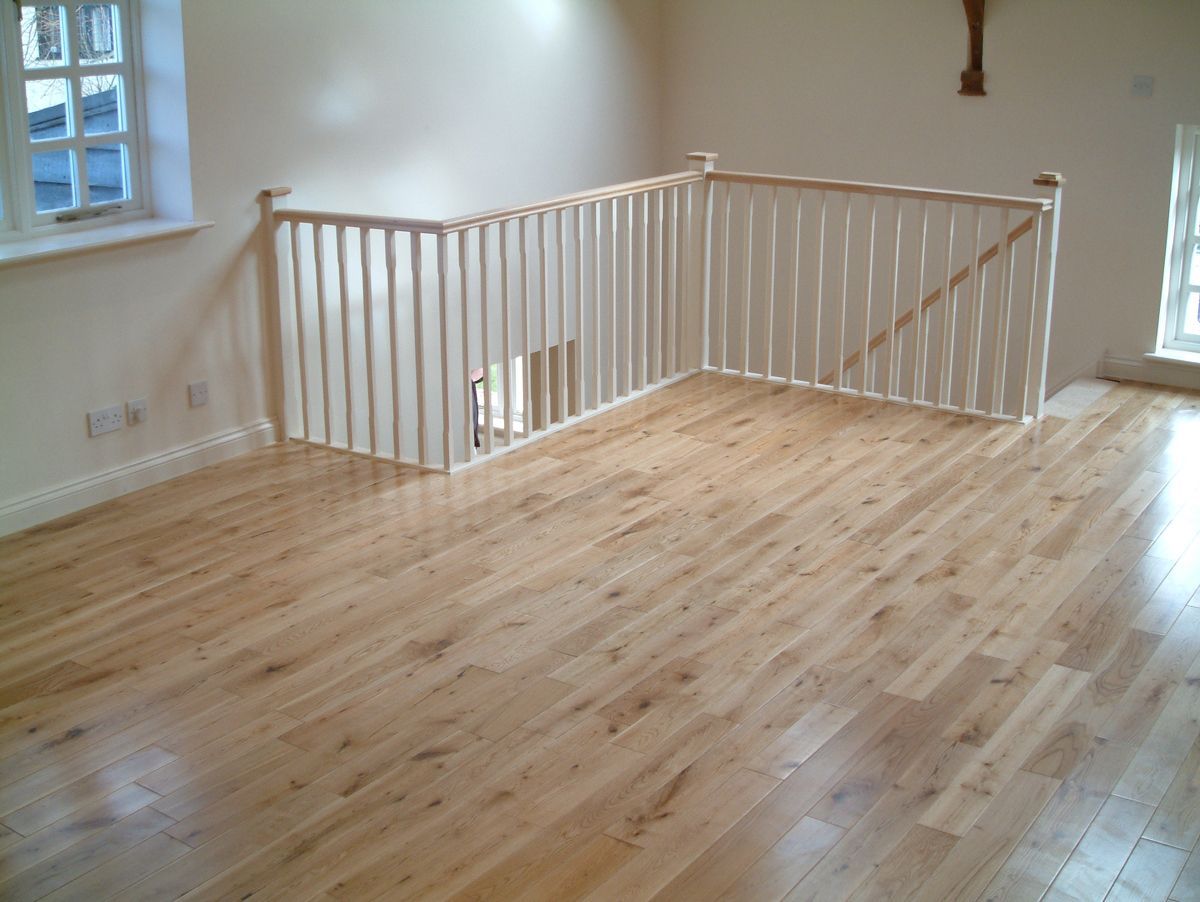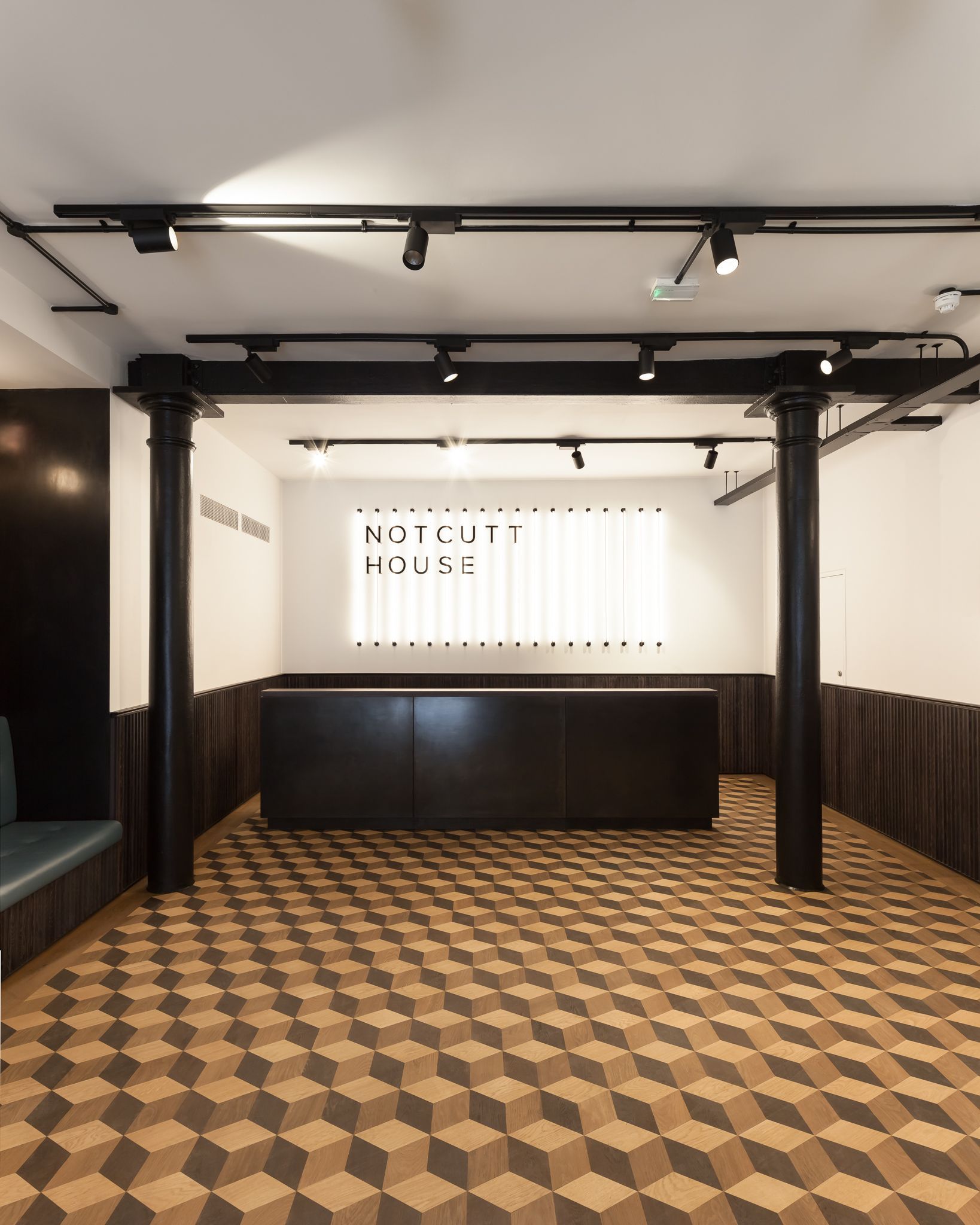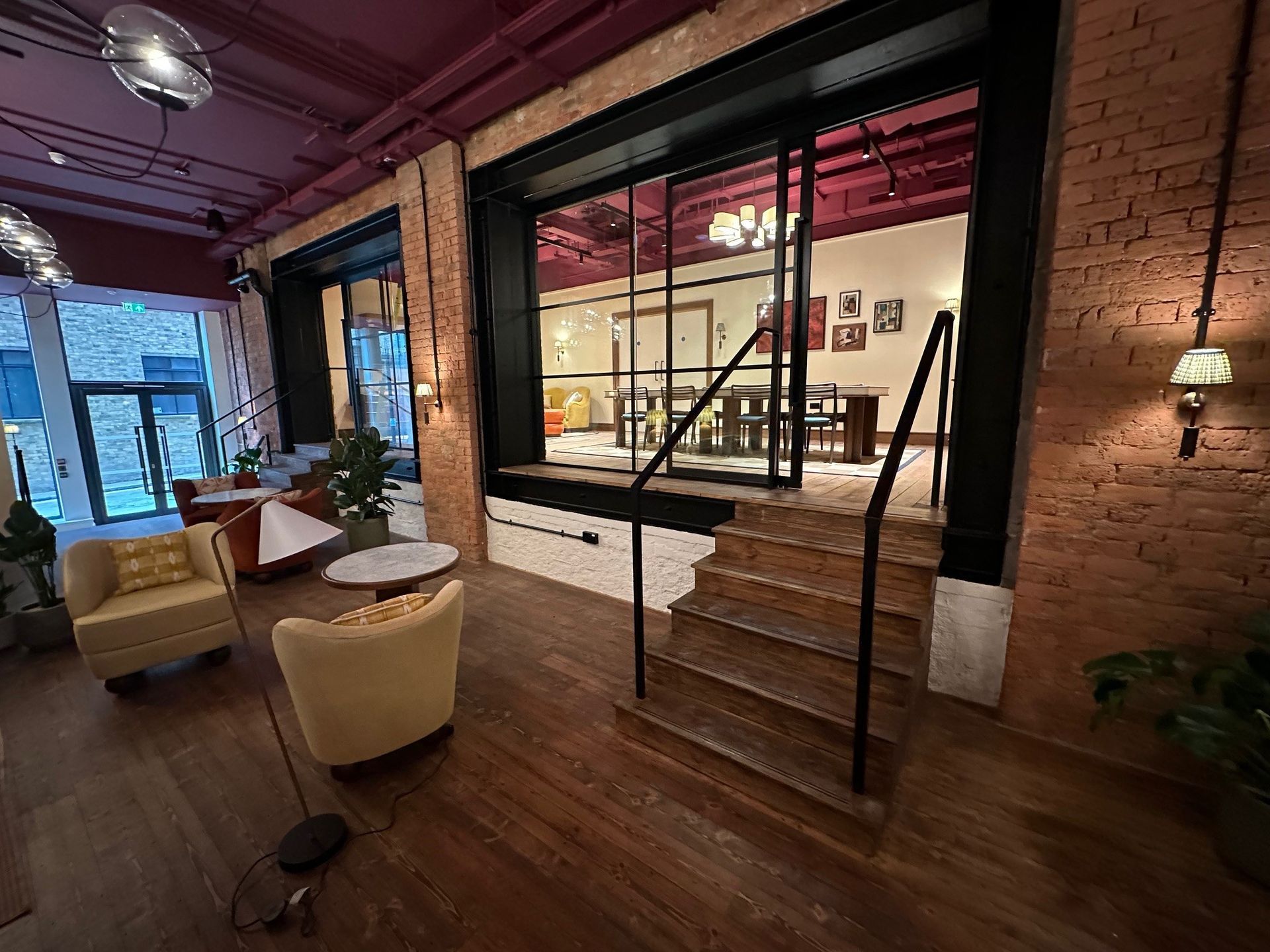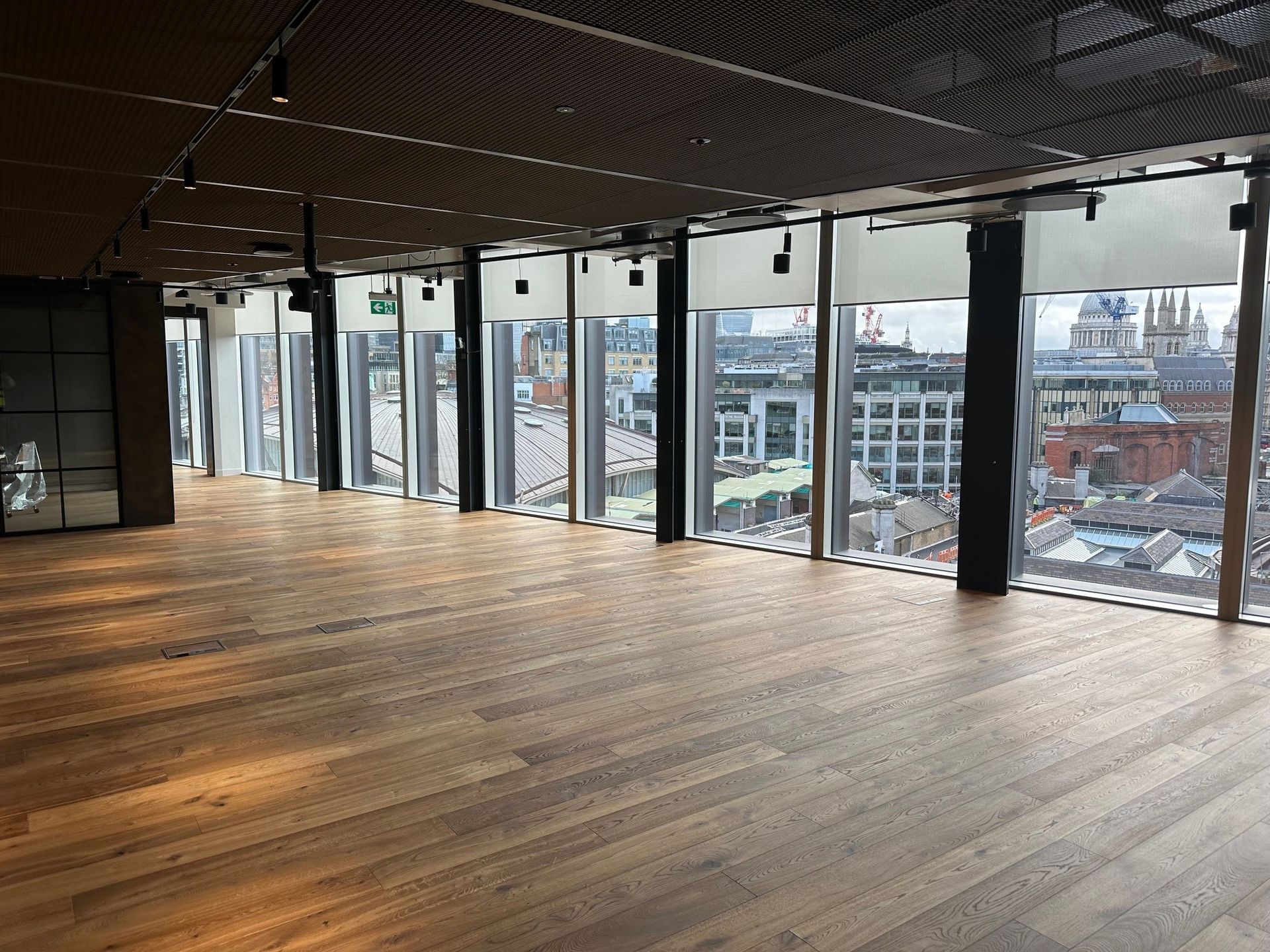Understanding the Different Grades of Wood: Prime vs. Character
How Wood Grading Impacts the Look and Performance of Your Flooring
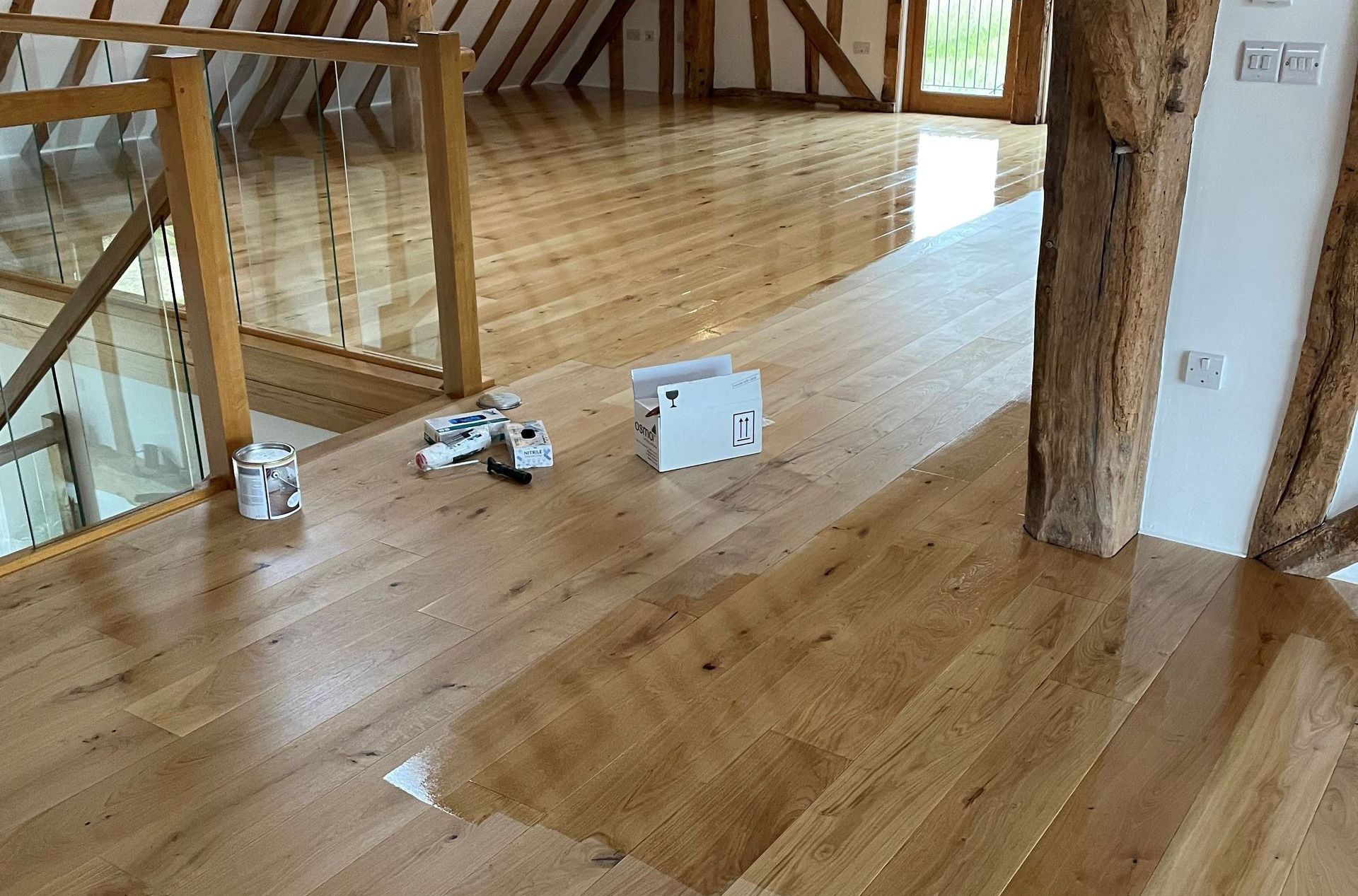
What Are Wood Grades and Why Do They Matter?
When choosing wooden flooring, understanding the grading system is just as important as selecting the species or finish. Wood grades indicate the natural appearance of the timber, highlighting the presence of features such as knots, colour variation and grain patterns. These grades do not reflect structural quality, as all grades are milled to the same technical standards, but they do influence the final aesthetic and atmosphere of a room.
For homeowners, designers and architects alike, selecting the correct grade ensures that the flooring meets both functional needs and visual expectations. Among the most widely used grades are prime grade and character grade, each offering a distinct visual identity.
Prime Grade: A Clean, Uniform Appearance
Prime grade timber, often referred to as select grade, offers a clean and consistent look. This grade features minimal knots, very limited sapwood and reduced colour variation across boards. The grain tends to be straighter, delivering a sleek and modern aesthetic.
Key characteristics of prime grade wood include:
- Very few small, tight knots (typically under 10mm)
- Even colour tone throughout the planks
- Minimal sapwood or filler
- Straight grain and refined texture
This grade is often preferred in contemporary interiors where a streamlined, minimalist design is desired. It is well suited to formal spaces such as boardrooms, galleries and luxury retail environments, where uniformity enhances a polished impression.
Character Grade: Rich in Natural Features
Character grade wood celebrates the natural variation found in timber. It embraces the organic features that give wood its charm and individuality. This includes a mix of small and larger knots, a broader range of colour tones and natural mineral streaks. The overall effect is warm, inviting and full of personality.
Common features of character grade flooring include:
- Larger knots and filled knots
- Pronounced colour variation between boards
- Occasional cracks or splits that are professionally filled
- More prominent grain movement
Character grade is often favoured in rustic, traditional or industrial settings. It works beautifully in family homes, hospitality venues and boutique interiors where a relaxed, lived in feel is important. The visual variety can also help to mask wear over time, making it a practical option for high footfall areas.
Technical Standards and Structural Integrity
It is important to note that both prime and character grade woods are machined to the same exacting standards in terms of stability and performance. The grading is purely visual and does not affect the durability or strength of the wood.
Whether opting for engineered or solid timber flooring, both grades must meet the criteria for moisture content, machining tolerances and wear layer quality. This ensures that no matter the grade selected, the floor performs consistently under everyday use.
Choosing the Right Grade for Your Space
The decision between prime and character grade timber often depends on three main factors:
1. Design Vision
Those seeking clean lines and subtle finishes may lean towards prime grade. In contrast, character grade suits interiors where warmth, depth and visual interest are essential.
2. Practical Requirements
Spaces with heavy traffic or pets may benefit from character grade’s ability to disguise marks and dirt. Prime grade may be more appropriate in controlled environments with limited exposure to wear.
3. Budget Considerations
Due to the more selective nature of prime grade timber, it often commands a higher price point. Character grade, while still premium in quality, tends to be more accessible without compromising on authenticity.
Conclusion: Celebrating Natural Beauty in Every Grade
Understanding the different grades of wood flooring is key to making an informed decision that aligns with your project goals. Prime grade offers refined elegance with minimal variation, while character grade highlights the authentic textures and tones of natural wood.
Both grades bring their own strengths to a space. By considering design preferences, usage patterns and the desired atmosphere, you can select a flooring grade that delivers both function and visual appeal for years to come.


